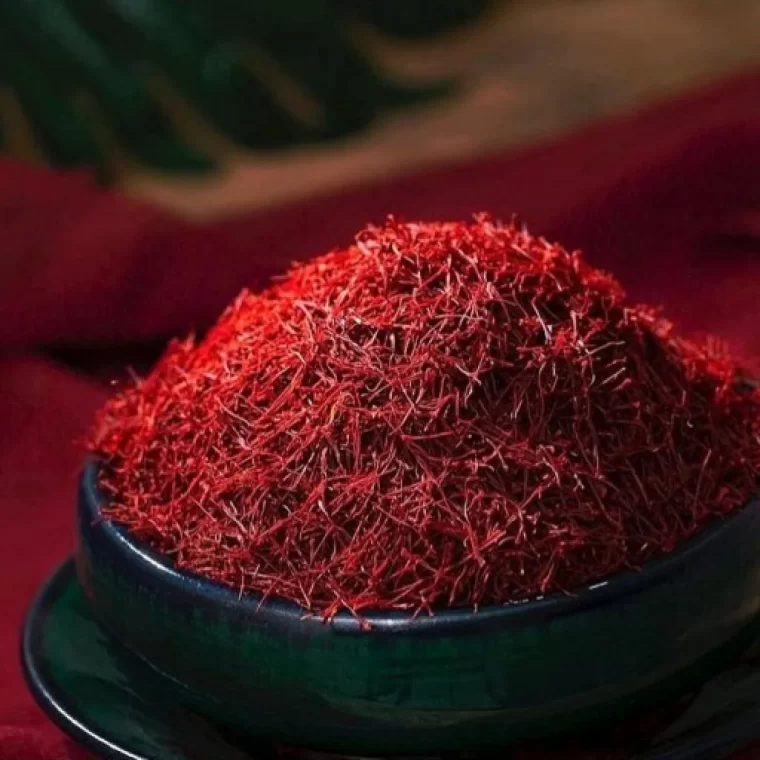The interactive effect of the three-way interaction of salinity, biofertilizer, and nano-iron fertilizer on crocin content in saffron was significant. The highest amount of crocin, at 99.2 mg per liter, was observed in the treatment with irrigation at 29.2 deciSiemens per meter using a biofertilizer and no nano-iron fertilizer. In other treatments, the crocin level was less than 89.2 mg per liter.
The crocin amount at all salinity levels with irrigation at 29.2 deciSiemens per meter was significantly higher than the similar levels under irrigation with salinity at 49.4 deciSiemens per meter.
At both salinity levels of 29.2 and 49.4 deciSiemens per meter, in the absence of biofertilizer, the use of nano-iron fertilizer could significantly increase the crocin amount. However, at different levels of biofertilizer application (at both levels of 29.2 and 49.4 deciSiemens), the use of nano-iron fertilizer significantly decreased the crocin amount. The lowest crocin level was also observed under irrigation with salinity at 49.4 deciSiemens per meter, with no biofertilizer or nano-iron fertilizer, where the crocin level did not even reach 2.2 mg per liter.
Crocin is a highly water-soluble carotenoid in saffron and is recognized as the coloring agent in saffron. The coloring power of saffron is one of the determining quality parameters, which is measured by assessing crocin content. In this study, increasing salinity from 29.2 to 49.4 deciSiemens per meter led to a significant reduction in crocin content at various fertilizer levels, and the use of biofertilizers and iron did not alleviate the effects of salinity stress. However, at both salinity levels of 29.2 and 49.4 deciSiemens, the highest crocin amount was observed under irrigation with salinity at 29.2 deciSiemens.
